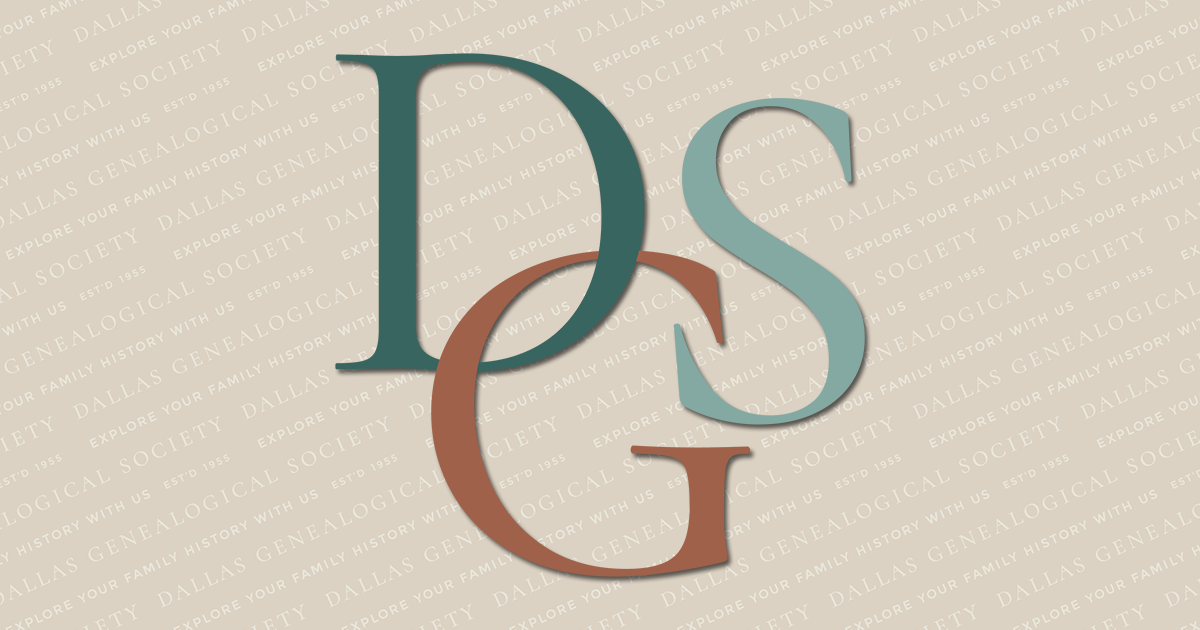Passenger Ships book is research tool

Reprinted Column by Lloyd DeWitt Bockstruck: 30 May 1992
Precision Indexing has released the first volume of Passenger Ships Arriving in New York Harbor. It covers the years 1820-1850 and is a complete extraction of all passenger vessels arriving at the port of New York. The volume is divided into two sections: chronological and alphabetical.
The first section begins with the Hippomenes, which arrived from Curacao on January 7, 1820 and ends with the Constantine which arrived from Liverpool on December 31, 1850. It also includes the three most prevalent nationalities aboard each boat.
The second section, arranged alphabetically by the name of the vessel, is more useful to the genealogist. Each entry contains the name and type of vessel, arrival dates, the name of the captain, and roll and list number in the National Archives microfilm of the original manuscripts.
The passenger lists for all of the vessels arriving at the port of New York from 1820 to 1897 are on microfilm at the J. Erik Johsson Central Library. It is the only complete set in Texas. In this new book, the ports of arrival have been coded according to the scheme developed by the Balch Institute’s Center for Immigration Research at Temple University in Philadelphia. Many times the genealogical researcher already knows the name of the vessel bringing immigrant ancestors to the United States. If the immigrants were alive in 1900 or 1910, then it is possible to examine the census reports to obtain the year of immigration.
From 1820 to 1892 there were 11.8 million immigrants who arrived at the port of New York City. The Wheeling Intelligencer of Wheeling, West Virginia, reported on May 22, 1866, that nine or more ships arrived daily and each vessel carried 600 persons. The numbers can be overwhelming to the novice researcher. There is a microfilm index to the names of passengers for the port of New York for the period 1820-1846. But after that the genealogical researcher must have the name of the ship, the date of arrival and other information to search the records.
Knowing the name of the vessel is not always enough to identify the appropriate list. Beginning in the 1870’s, the better lines were making three or four crossings annually.
Passenger Ships provides some of the much-needed access to the records so that genealogical researchers can retrieve the data. Many of the lists – but certainly not all – will provide the clue to making the great step backward to the ancestral homeland. Subsequent volumes will be even more useful. Experience with historical documents will help those searching the lists. New York was a city of Babel. Accents, careless civil servants, illiteracy, and the lack of standardization of spelling can leave the novice researcher frustrated.
I recall one person who hired a genealogist to search the records for Friedrich Krummel. The genealogist was unfamiliar with the German language and reported to the client that the name could not be found on the lists for the appropriate period of time. Actually, he was there. The passenger arrival list carried his name as Friedrich Grummel. In the German language, the letters “K” and “G” are interchangeable sounds. Words beginning with these letters are routinely filed in the same section of German reference book indexes published before World War II.
Such tales of woe are legion. Genealogists and historians have to cultivate their own version of intuition. If they cannot, books like this can improve their quests.
Passenger Ships Arriving in New York Harbor (hardcover, 352 pages) may be ordered from Historic Resources, Inc., for $59.95 plus $4 postage and handling.
With the same company creating an every-name index to the records themselves, the future looks even brighter.
Source:
Copyright 1998 by Dallas Genealogical Society, from “Family Tree” Weekly Newspaper Columns from The Dallas Morning News 1991-1996 by Lloyd DeWitt Bockstruck
